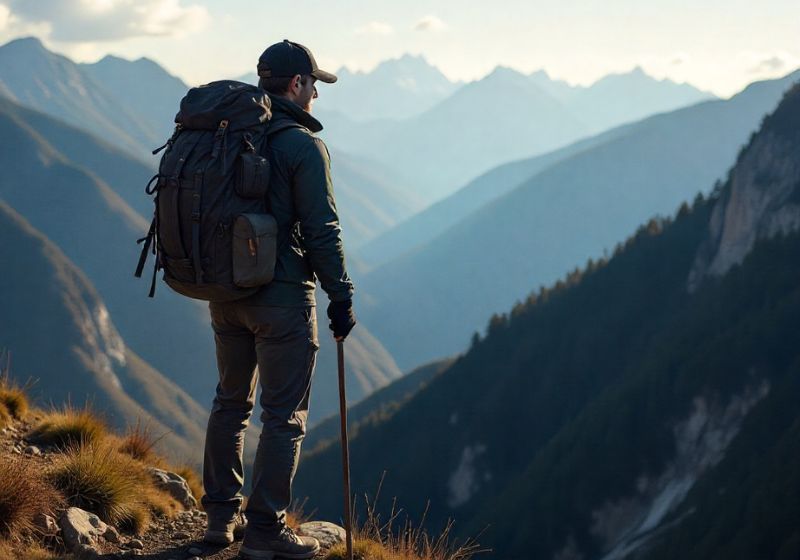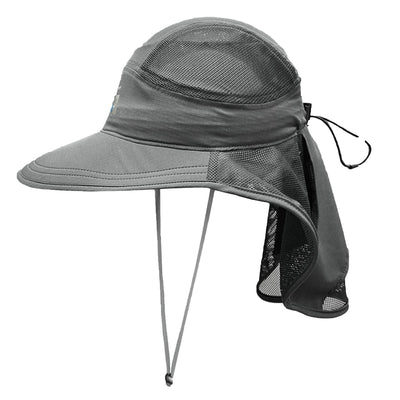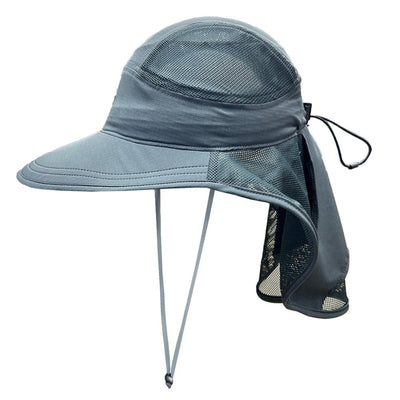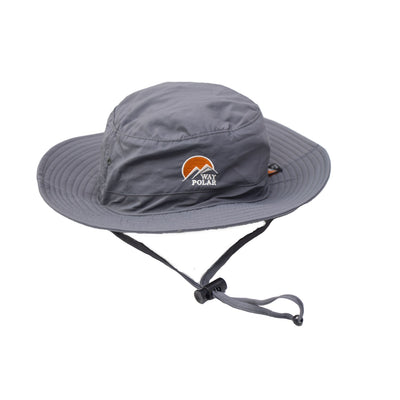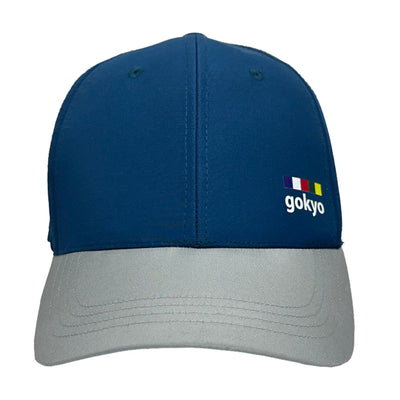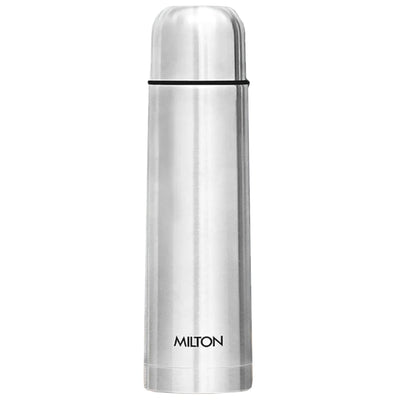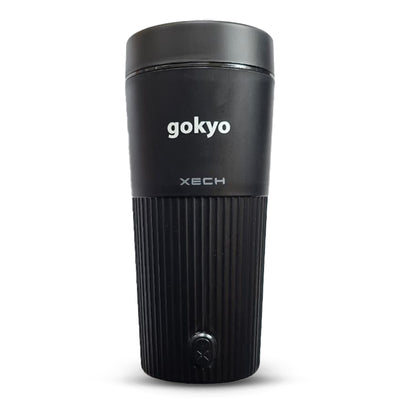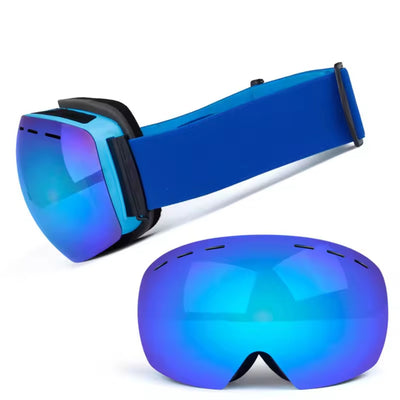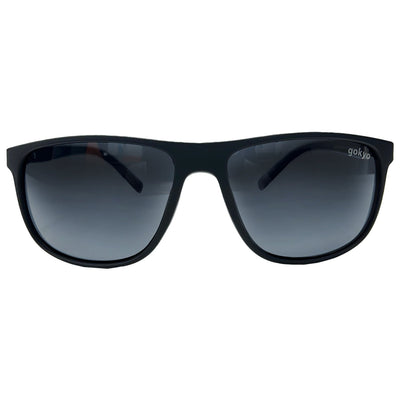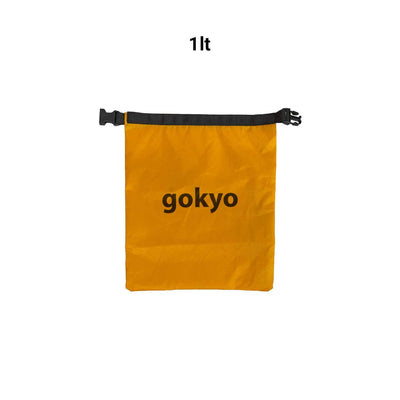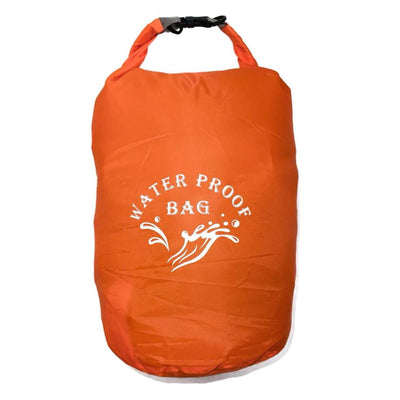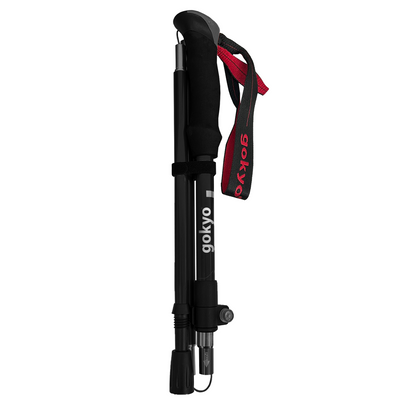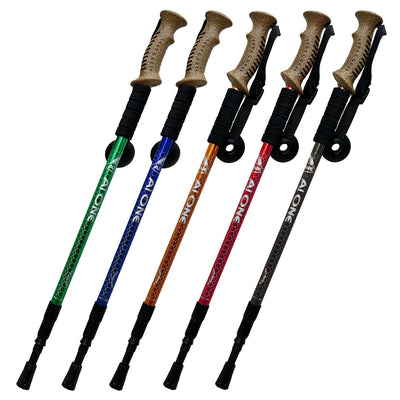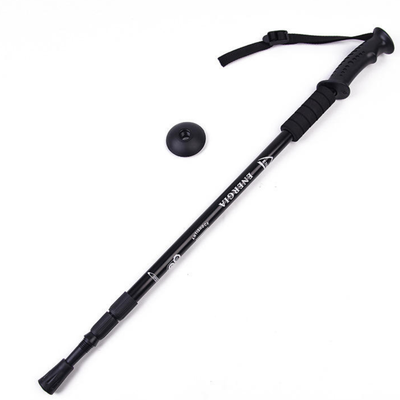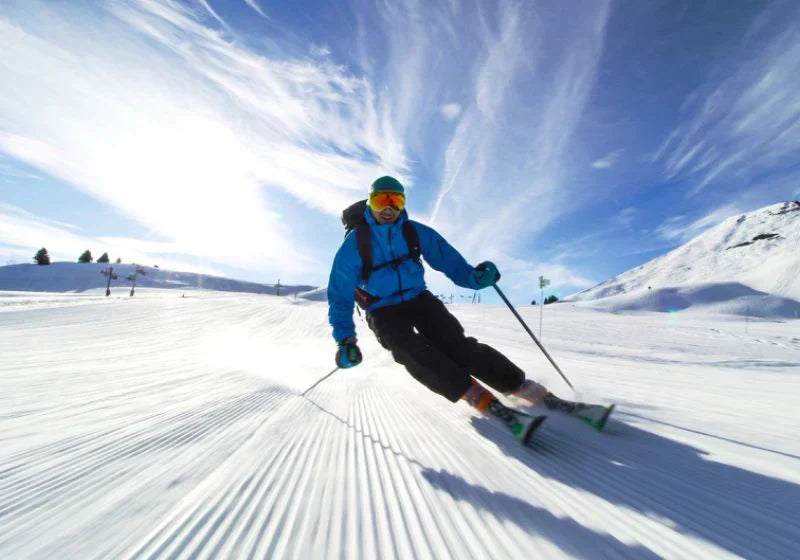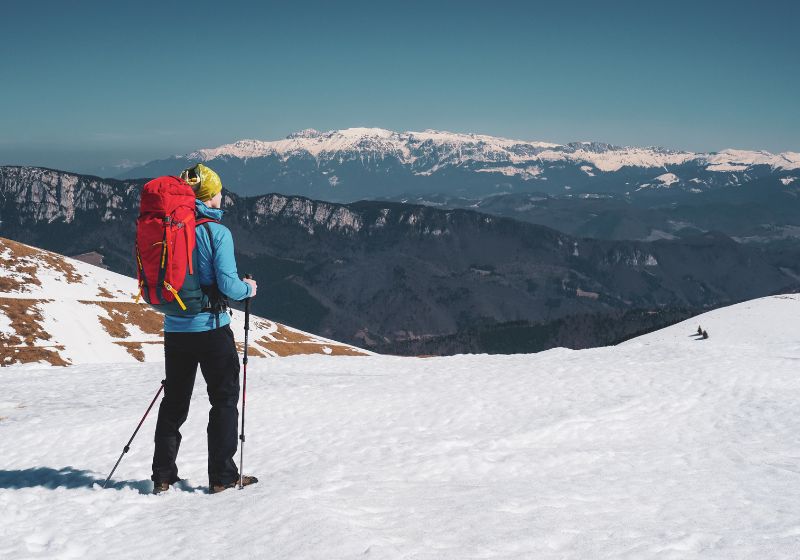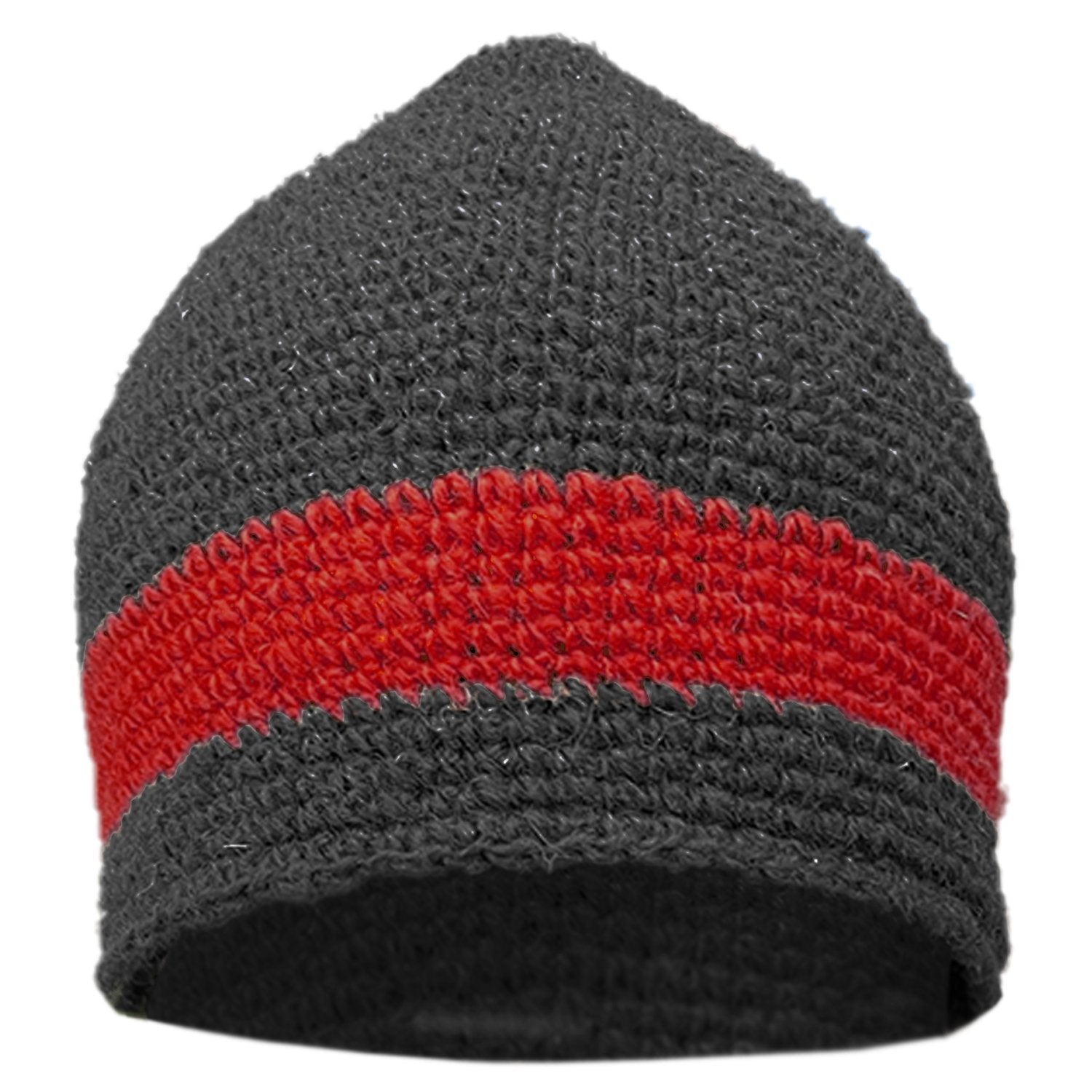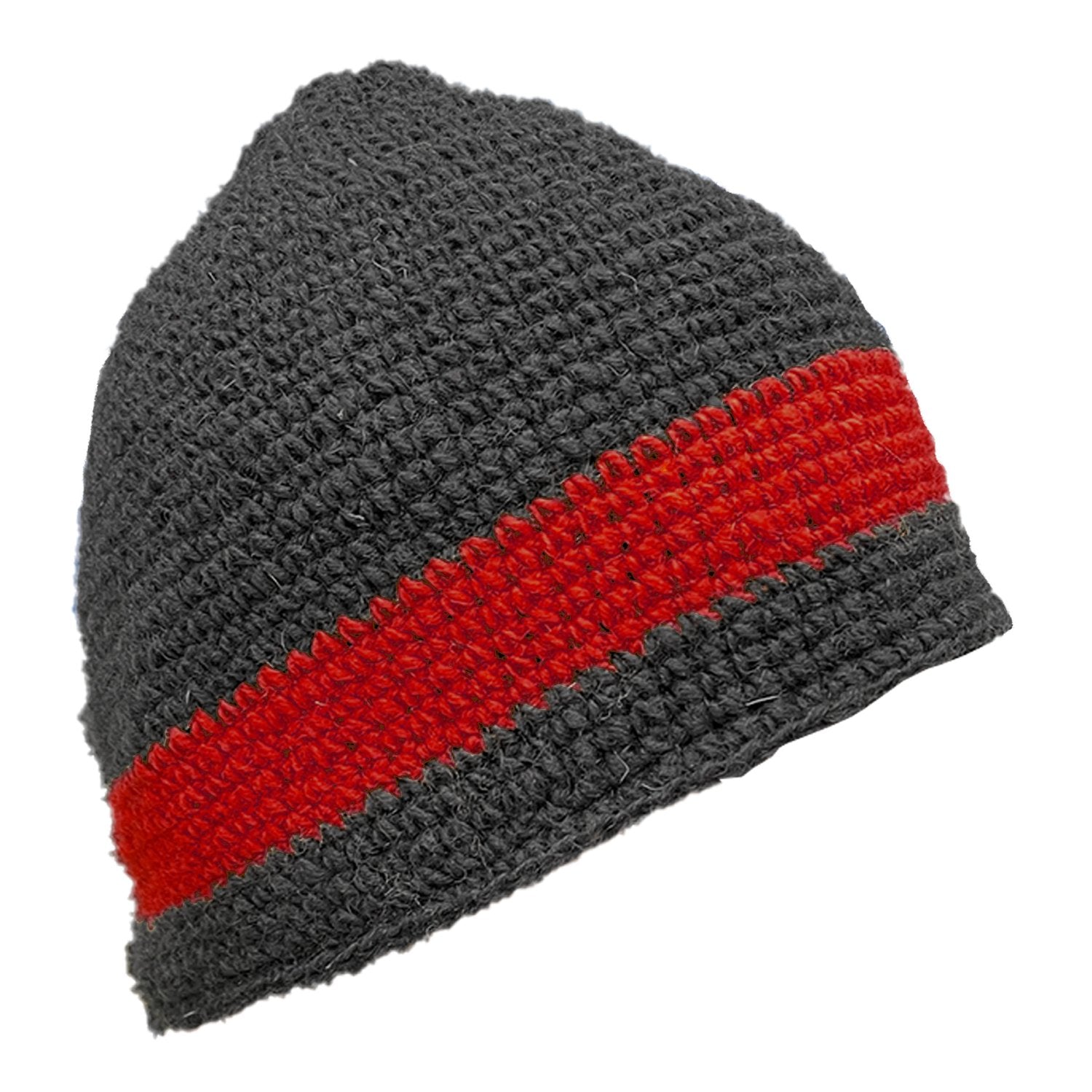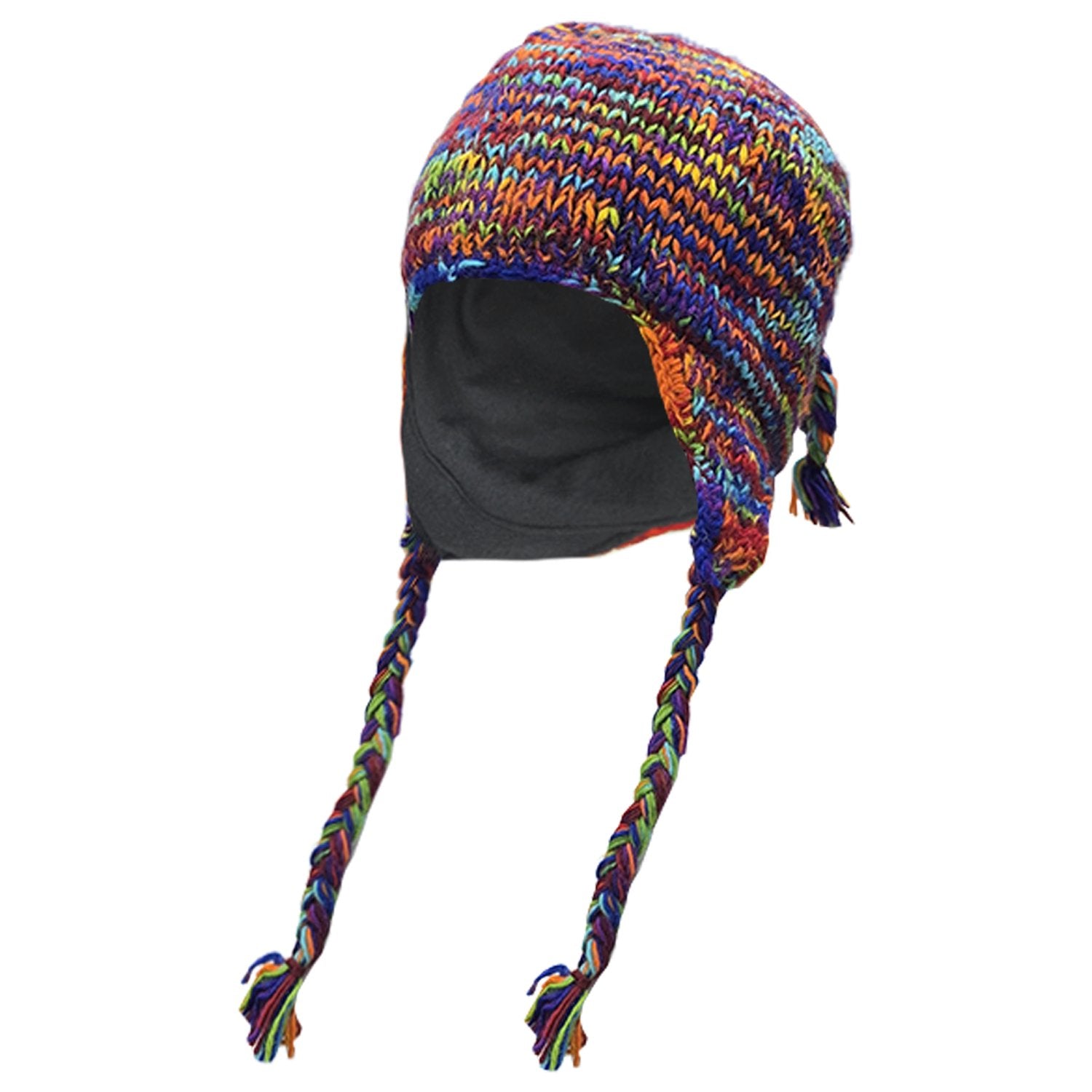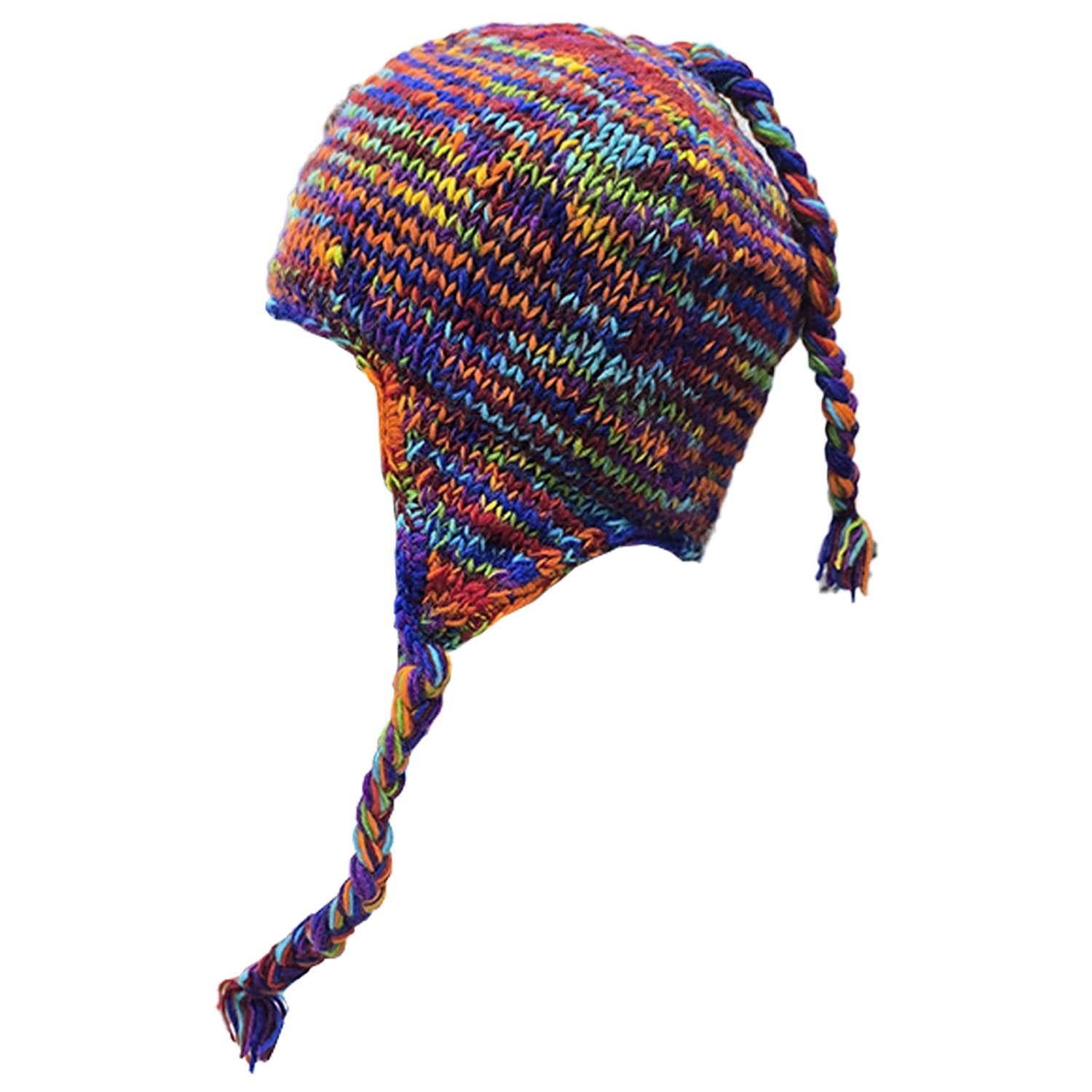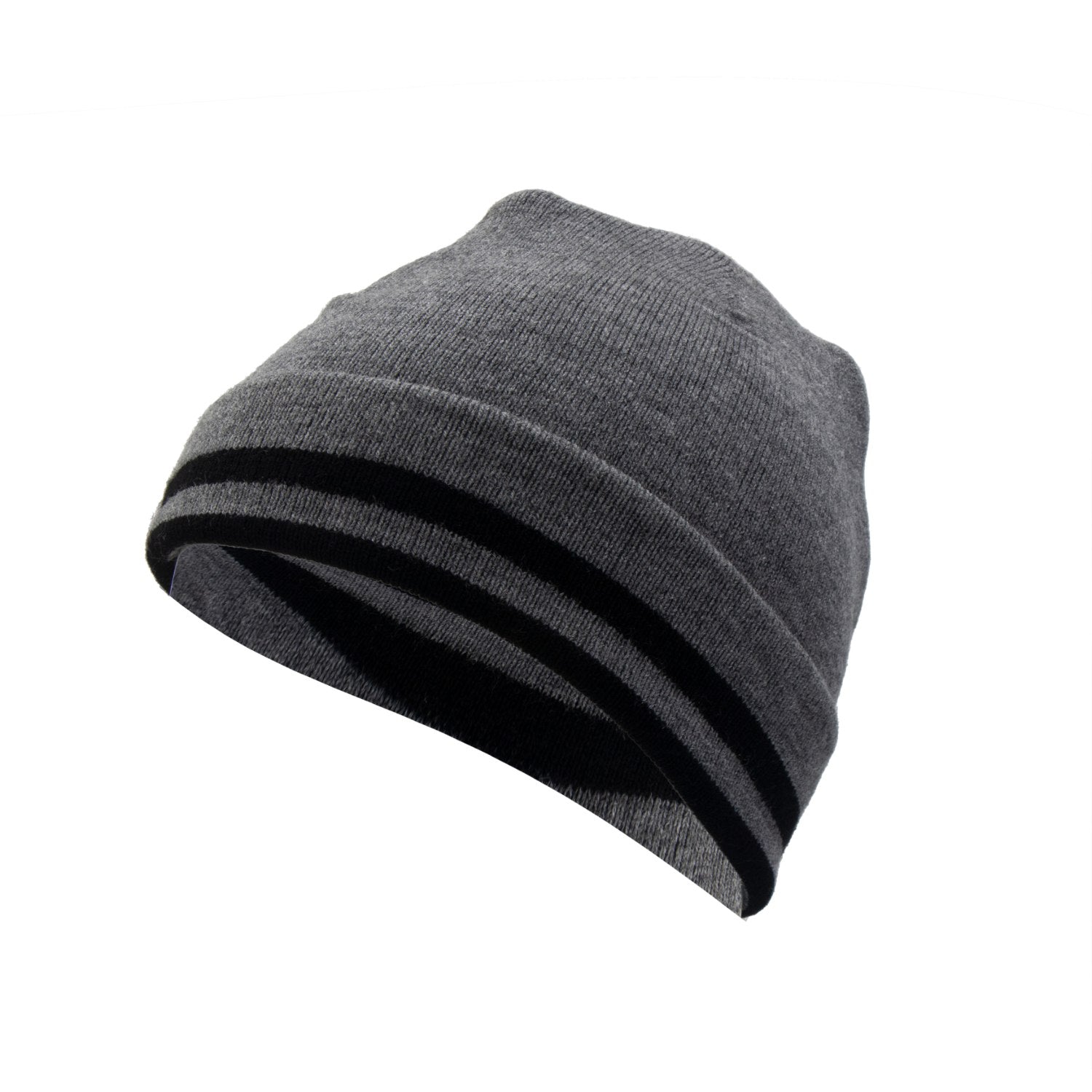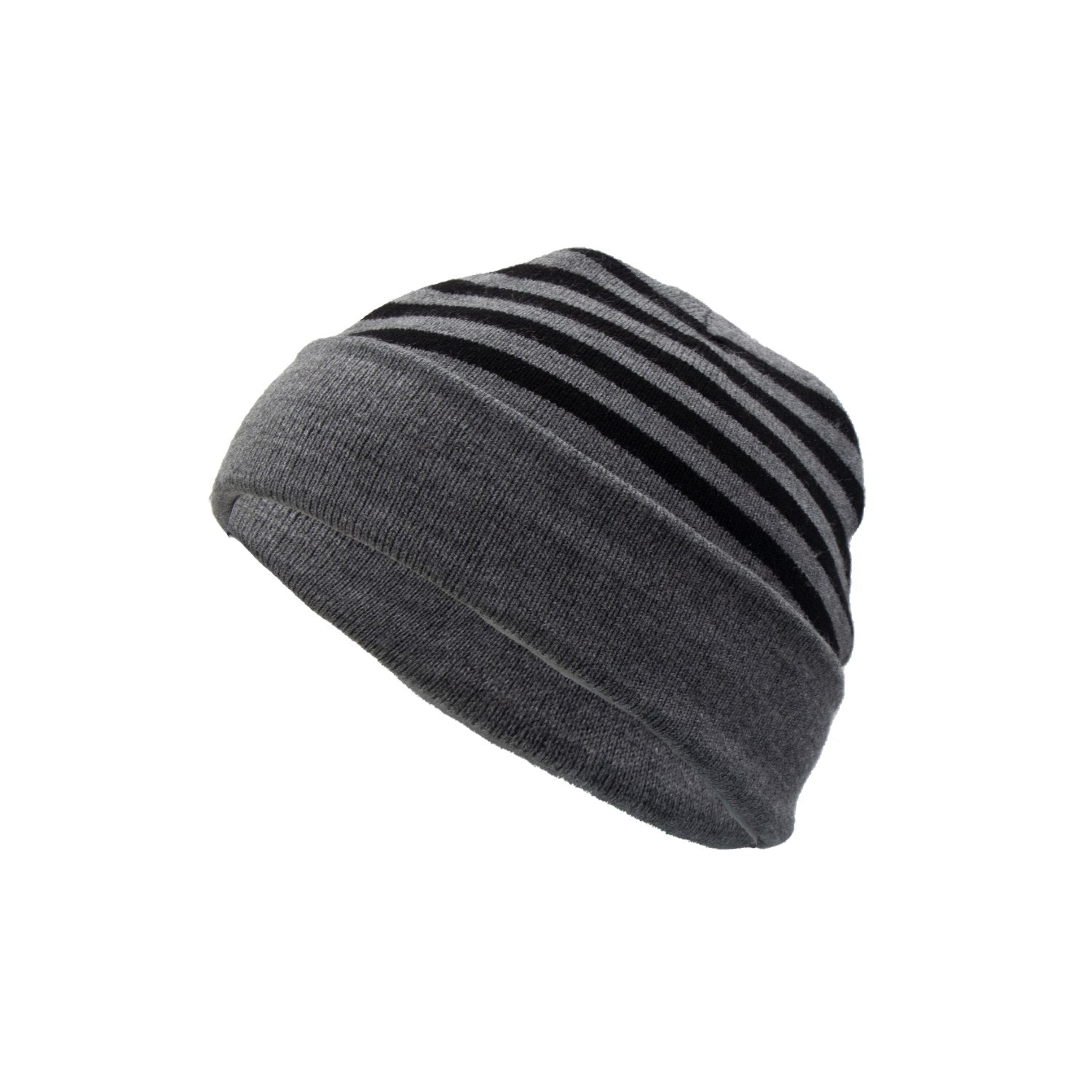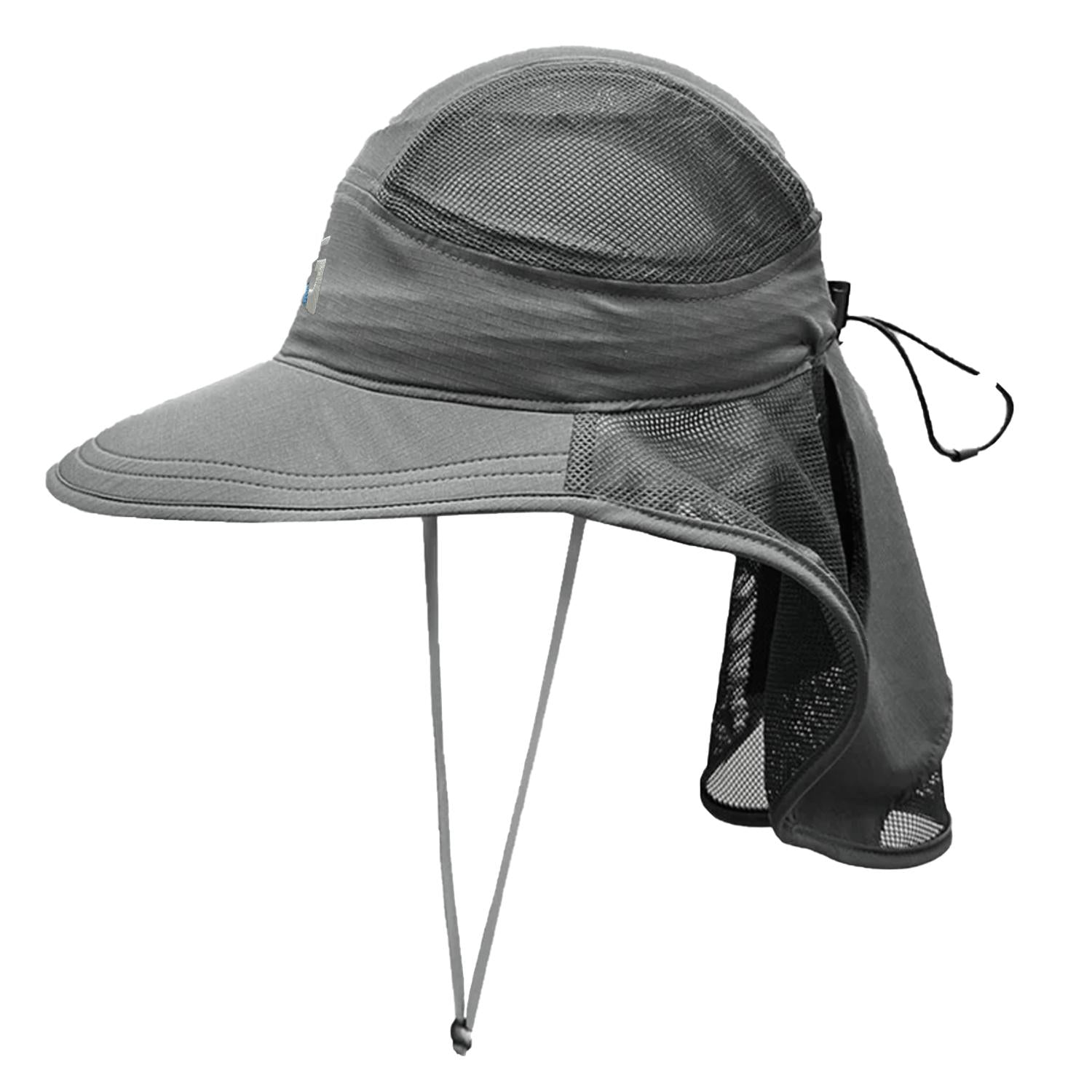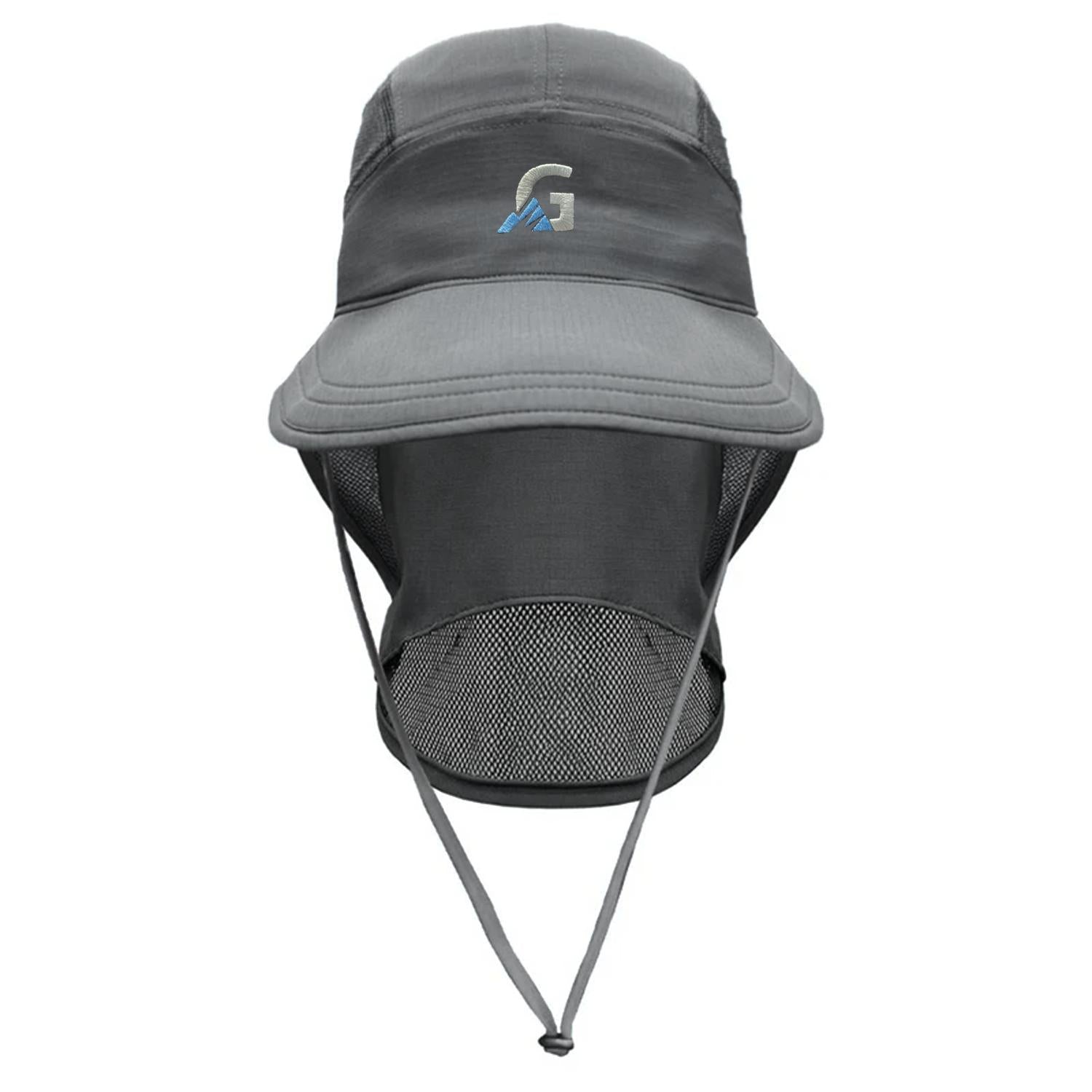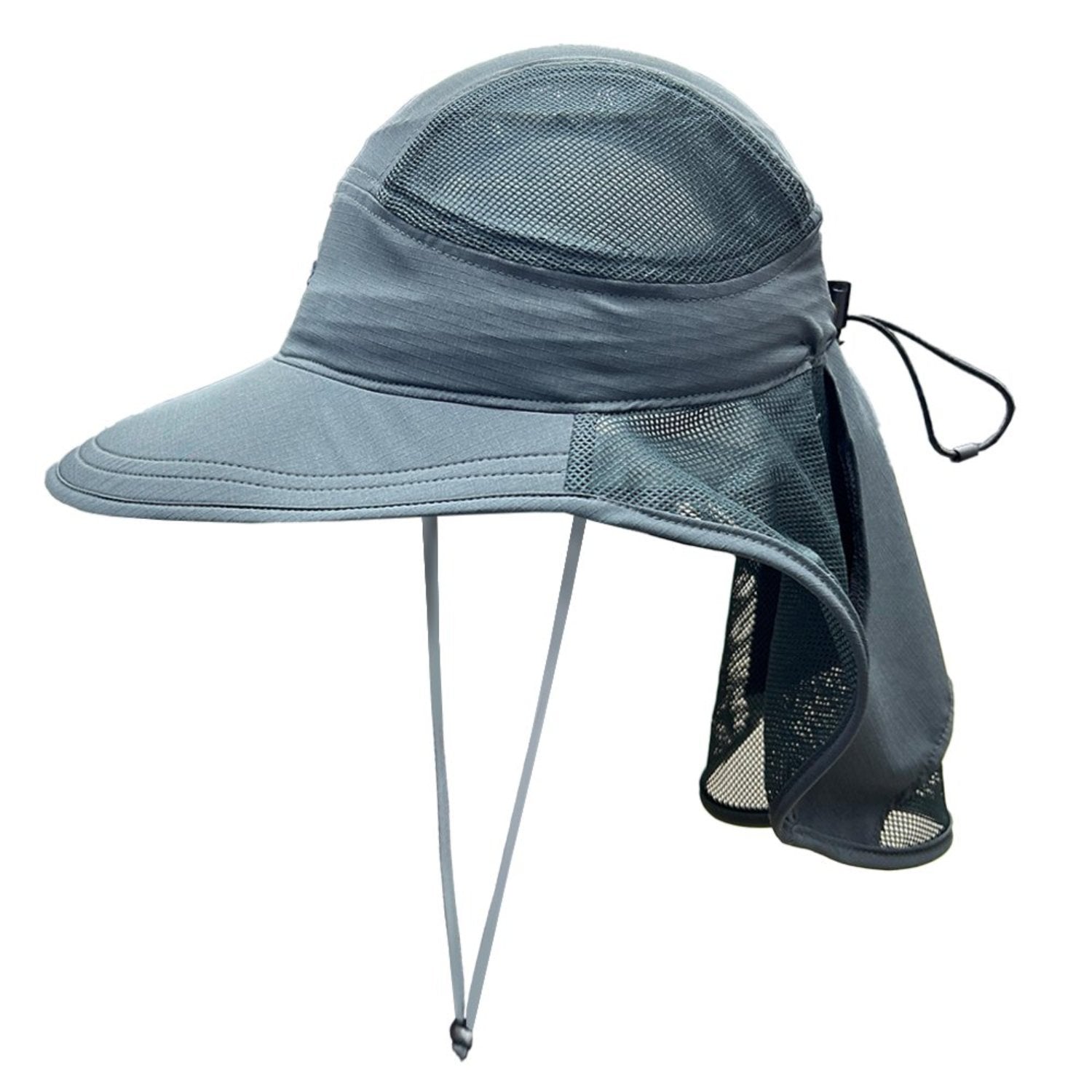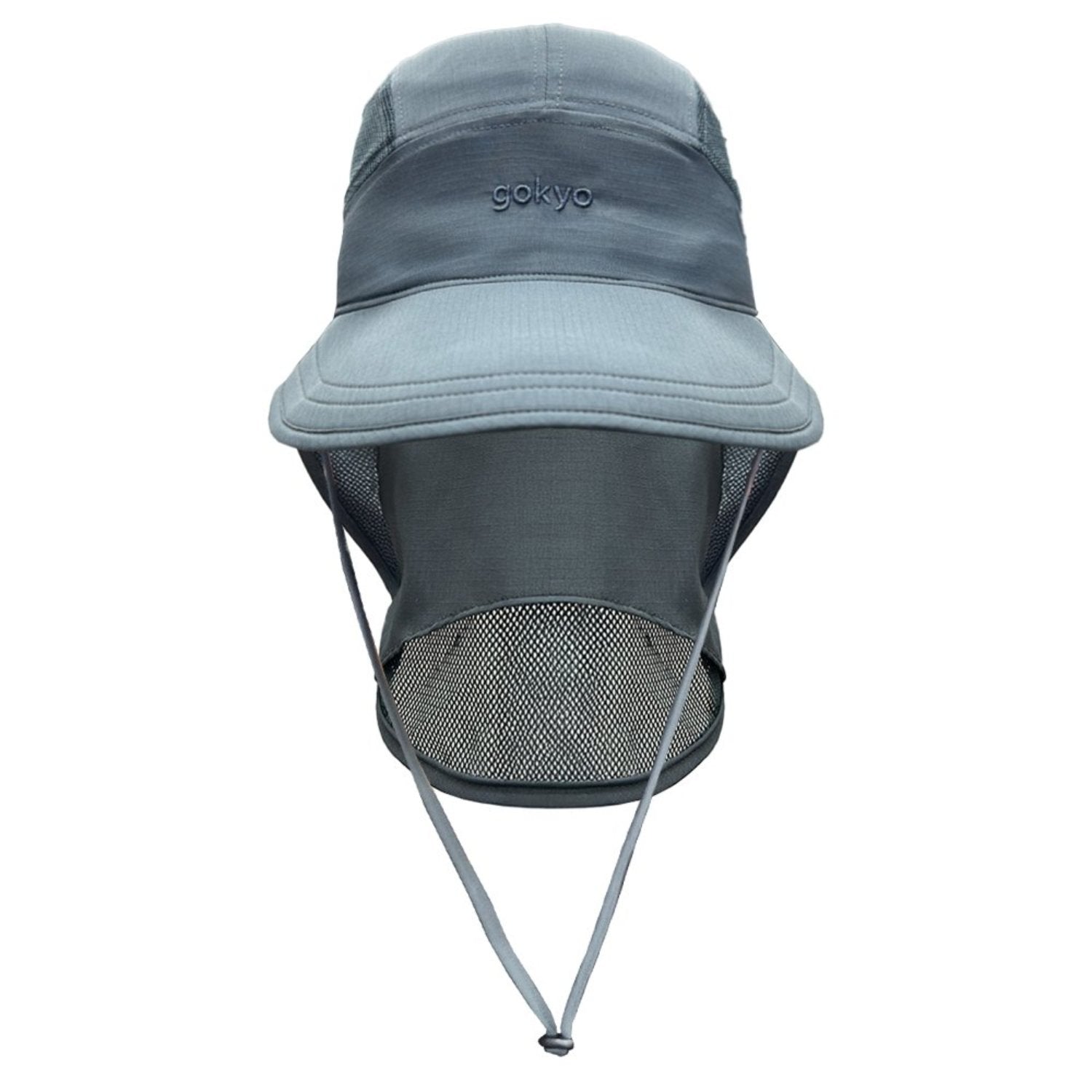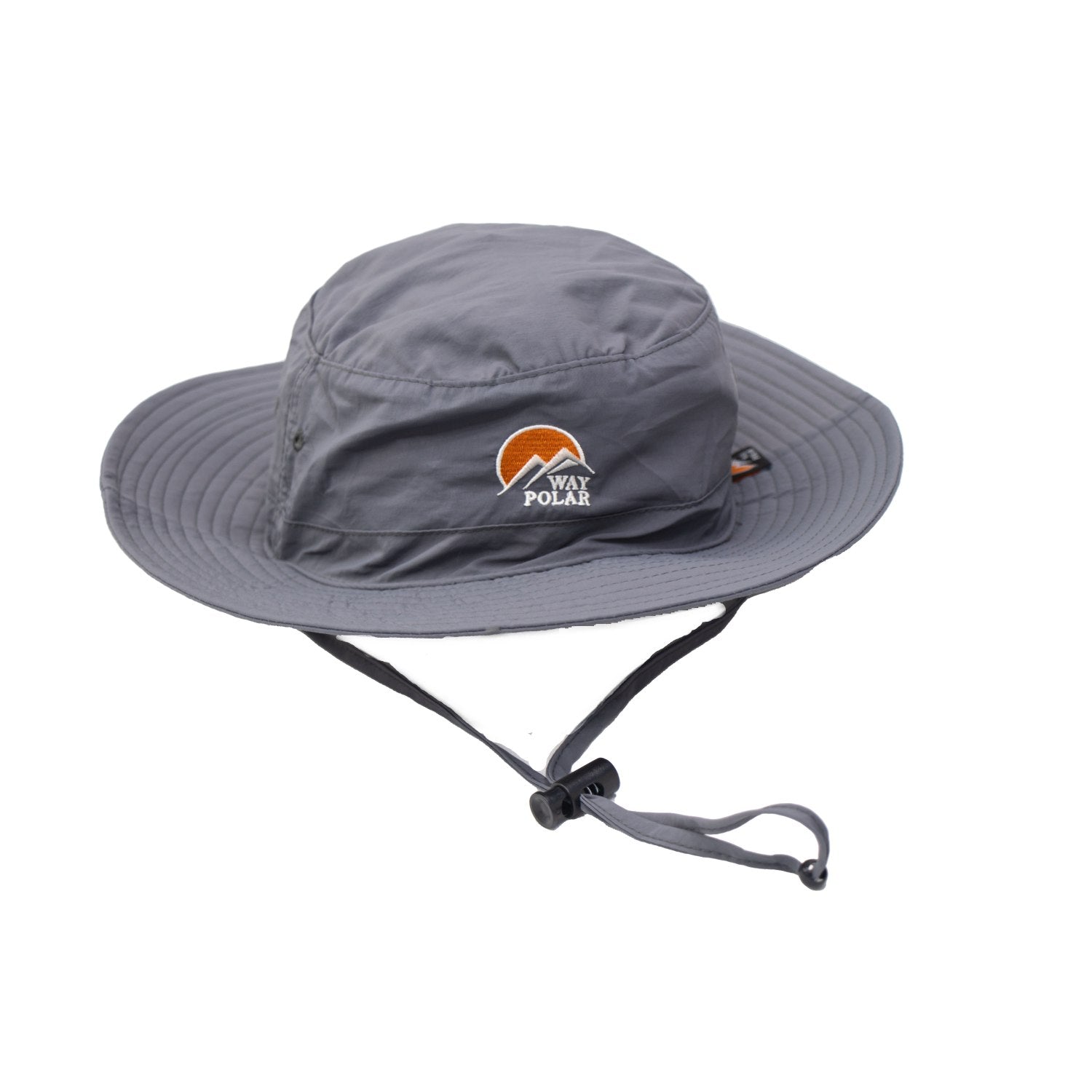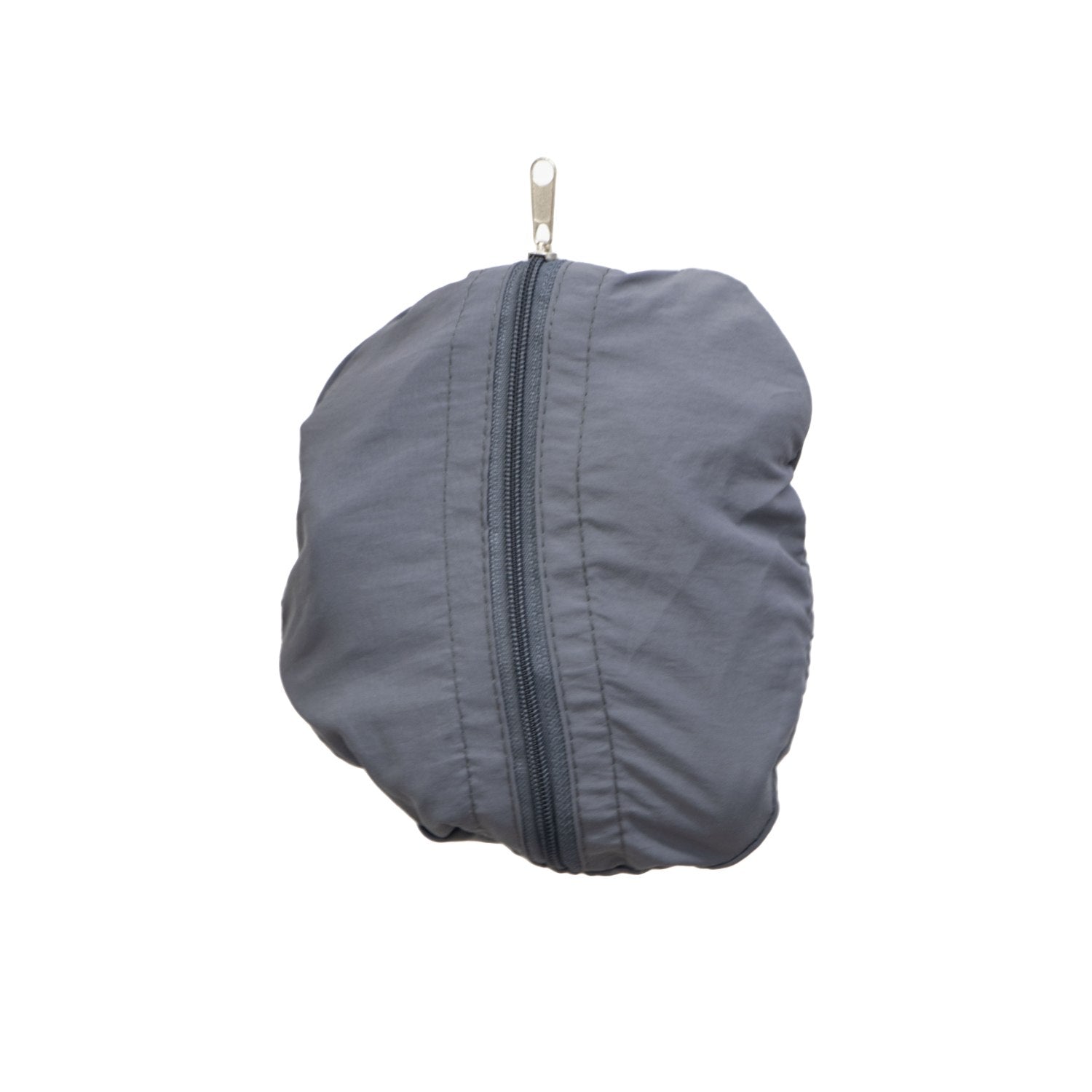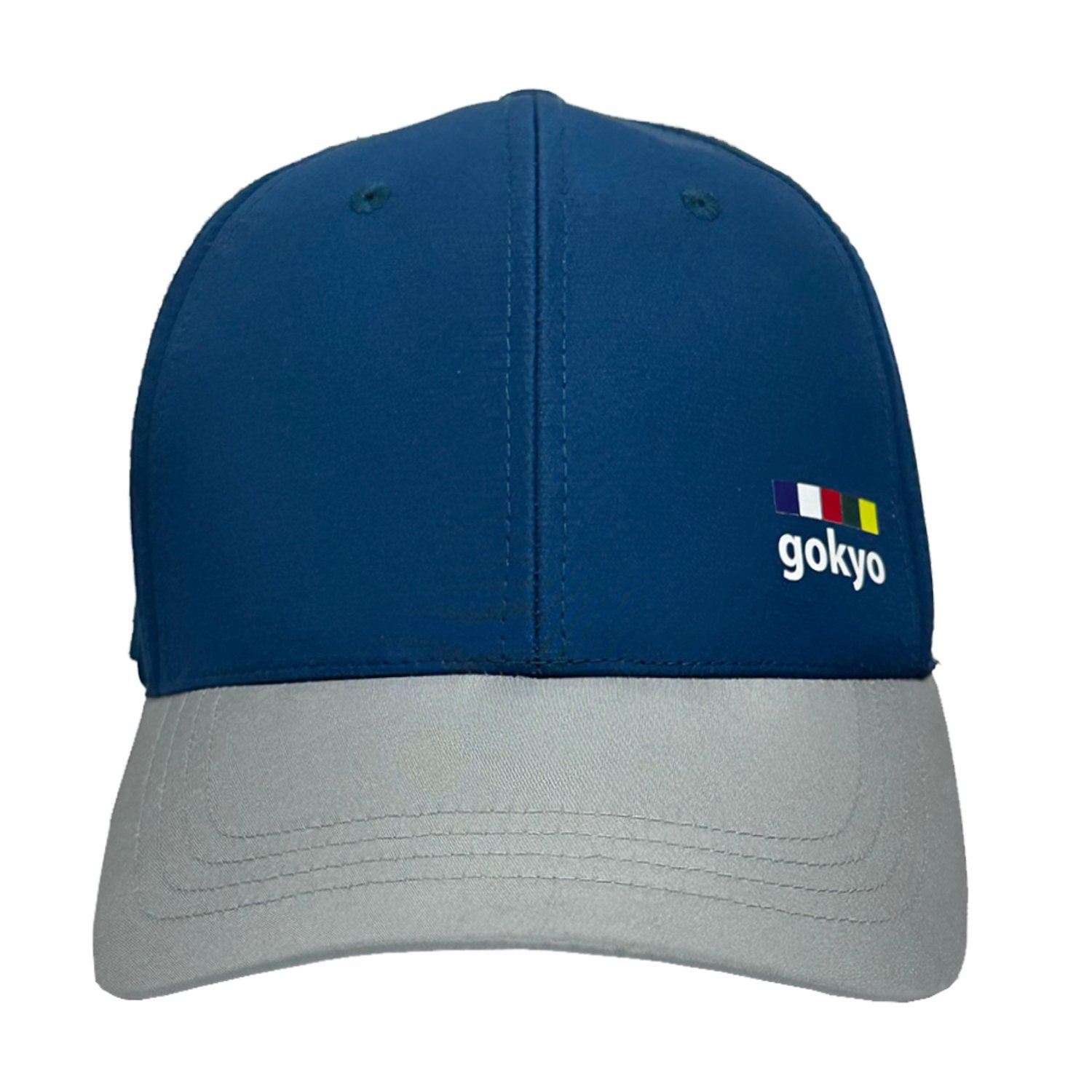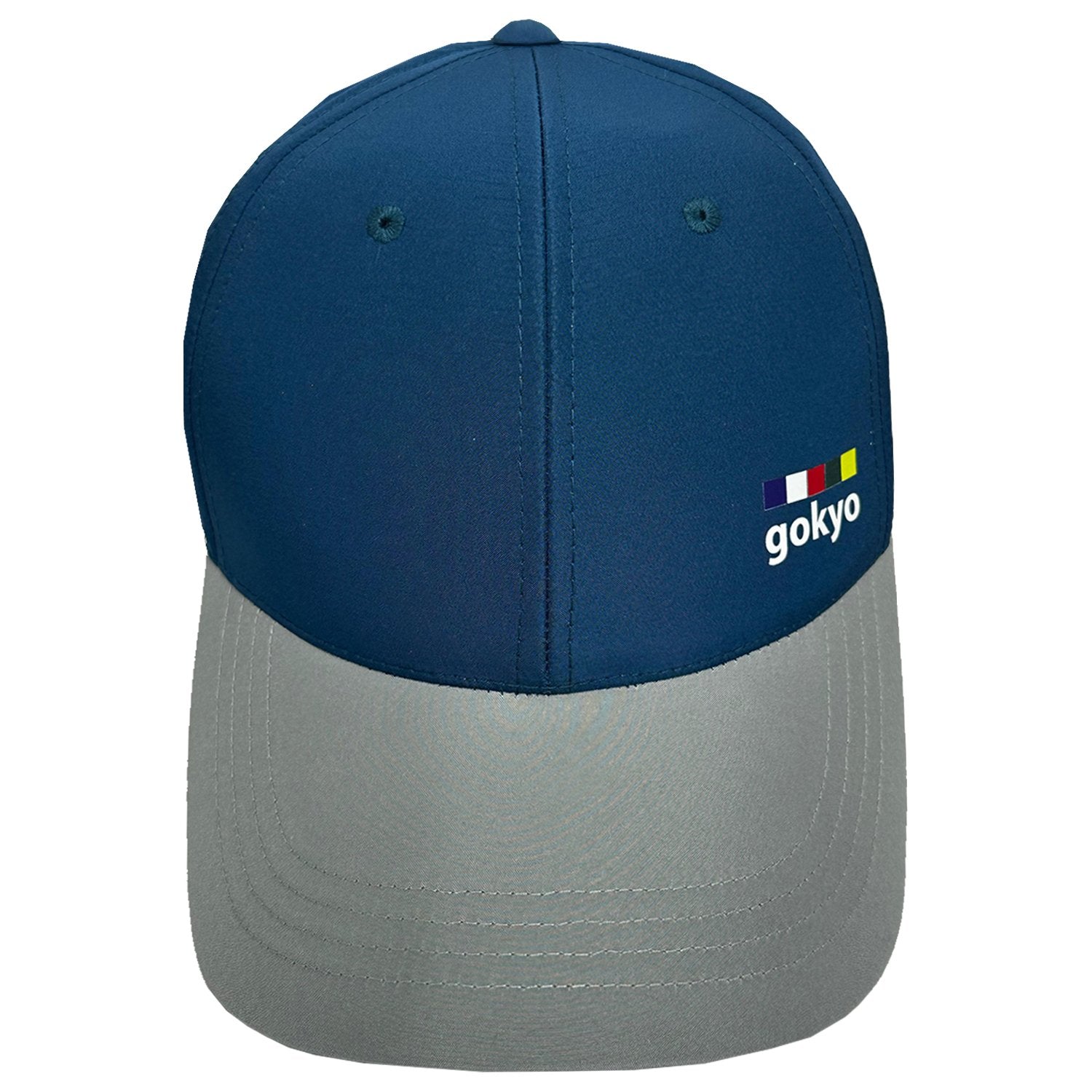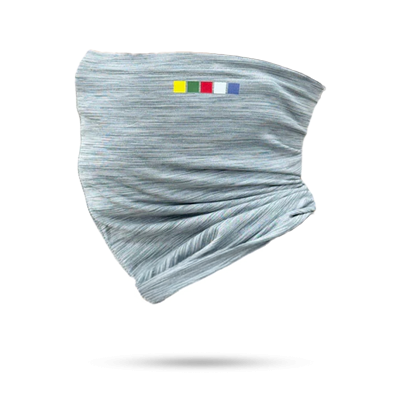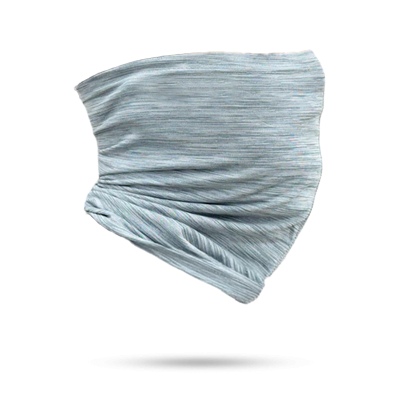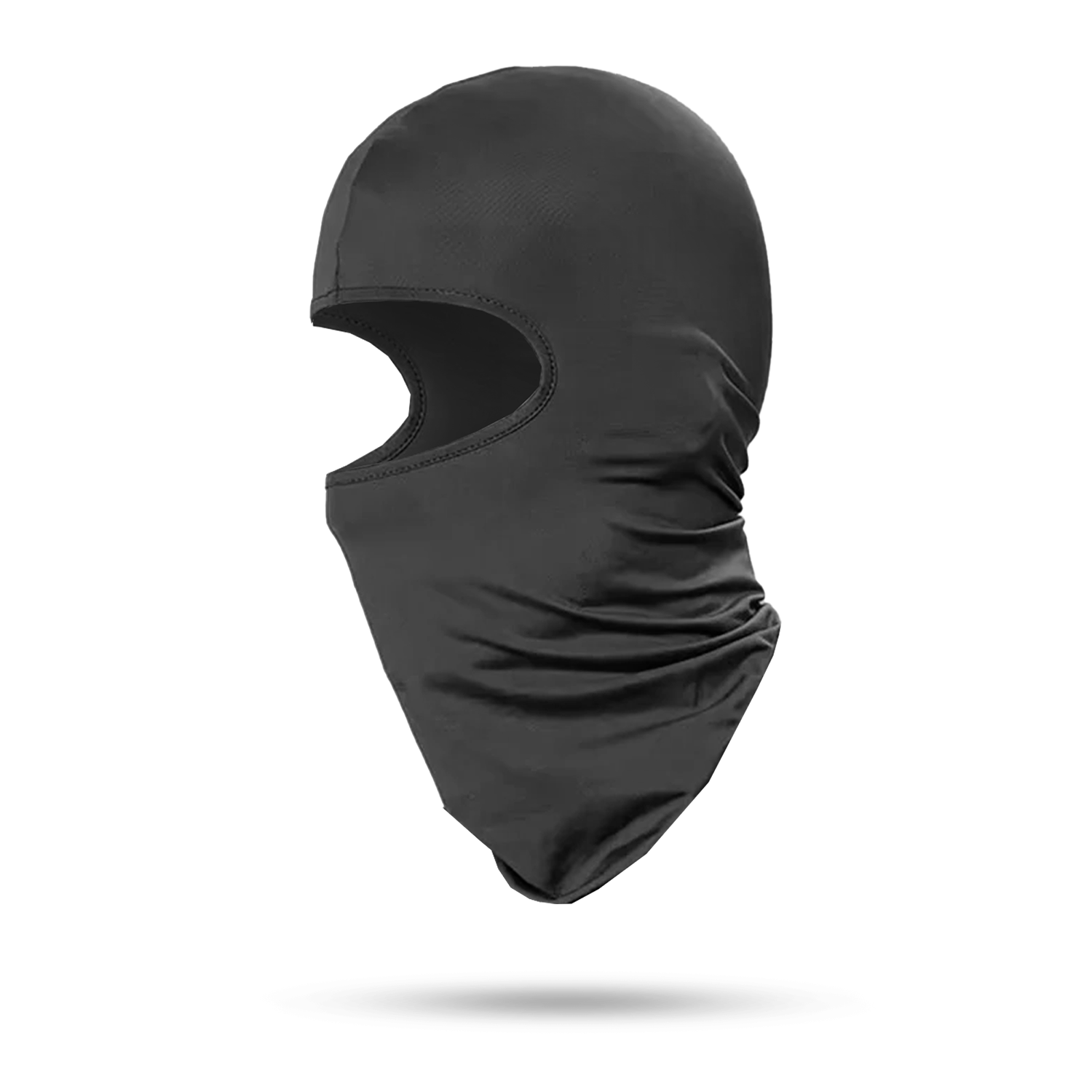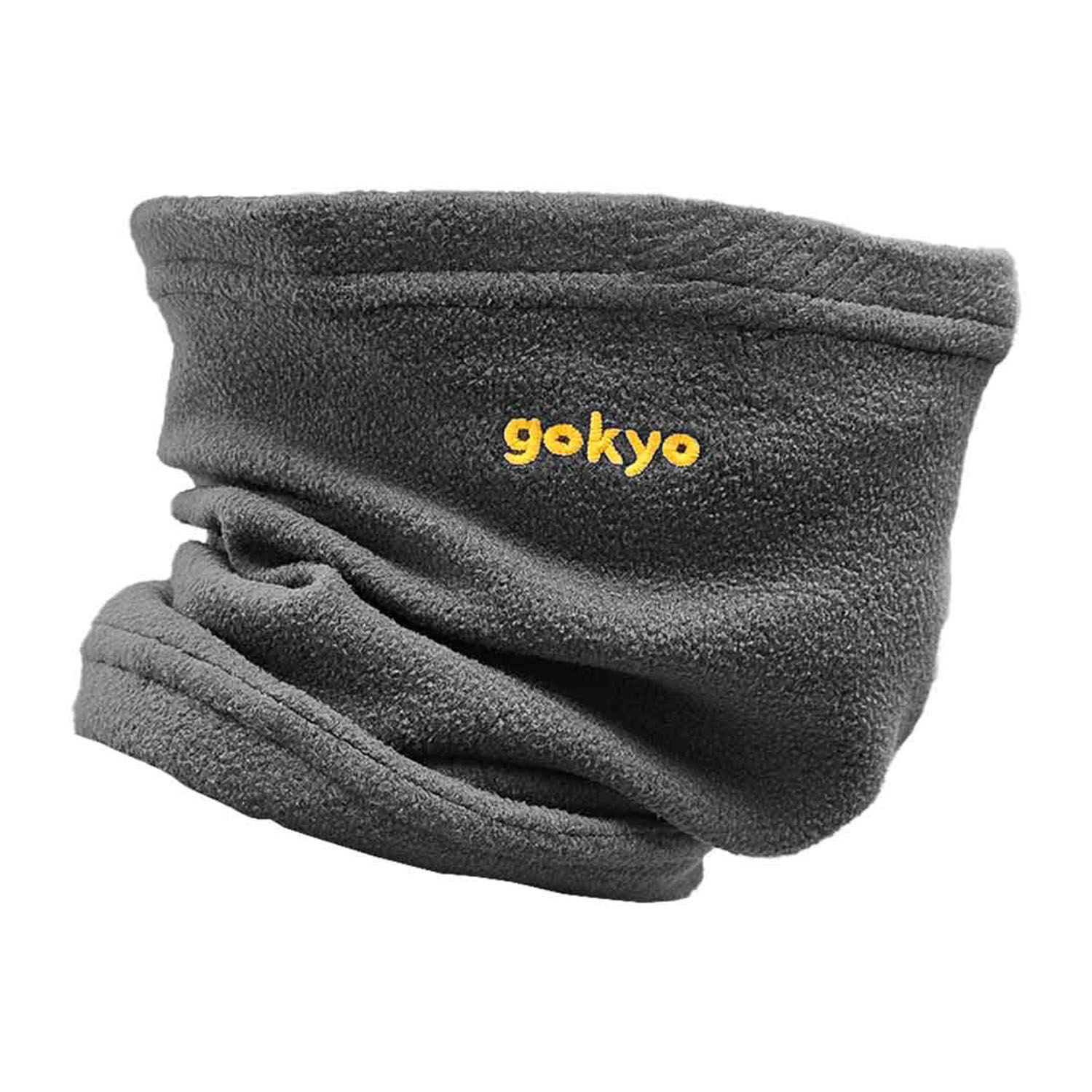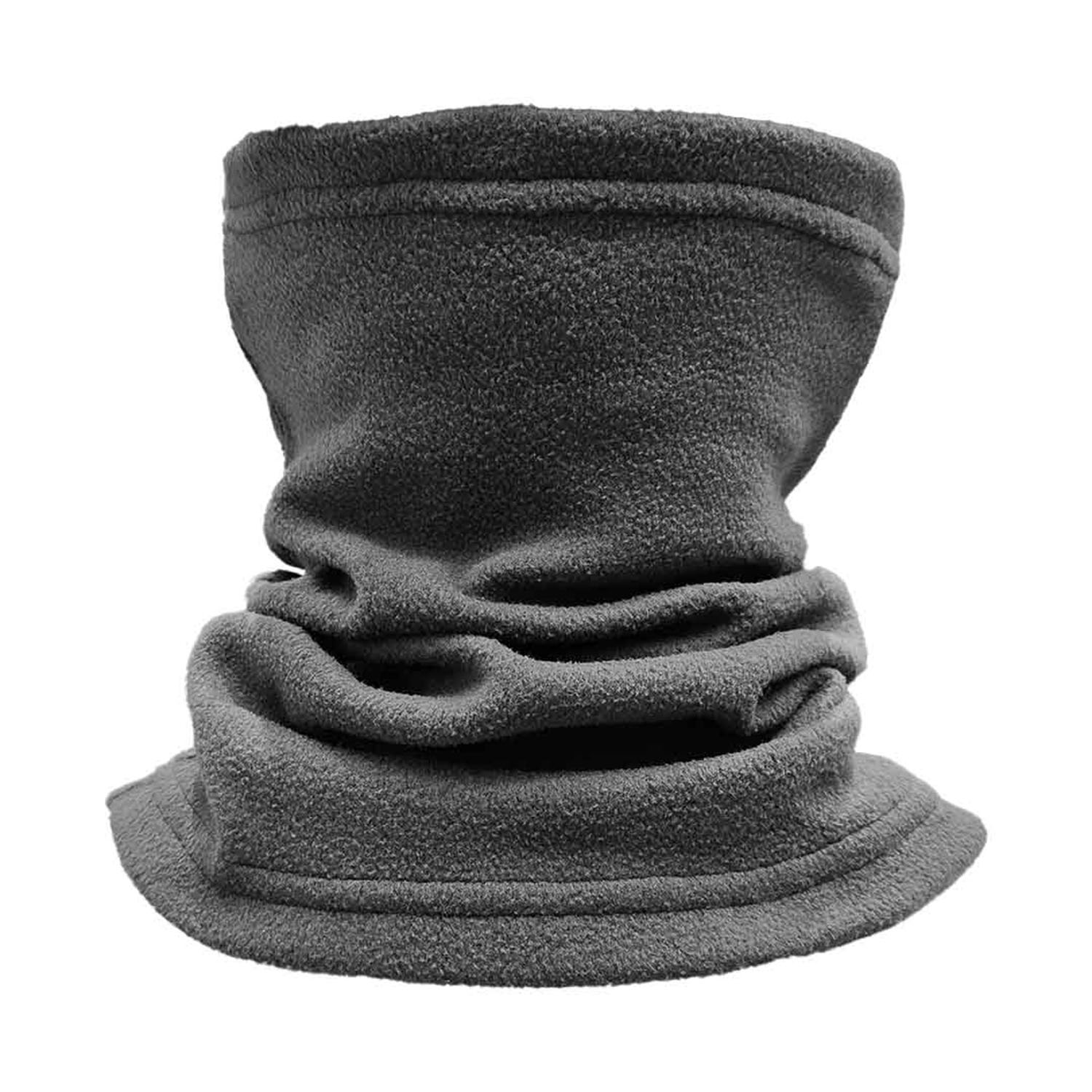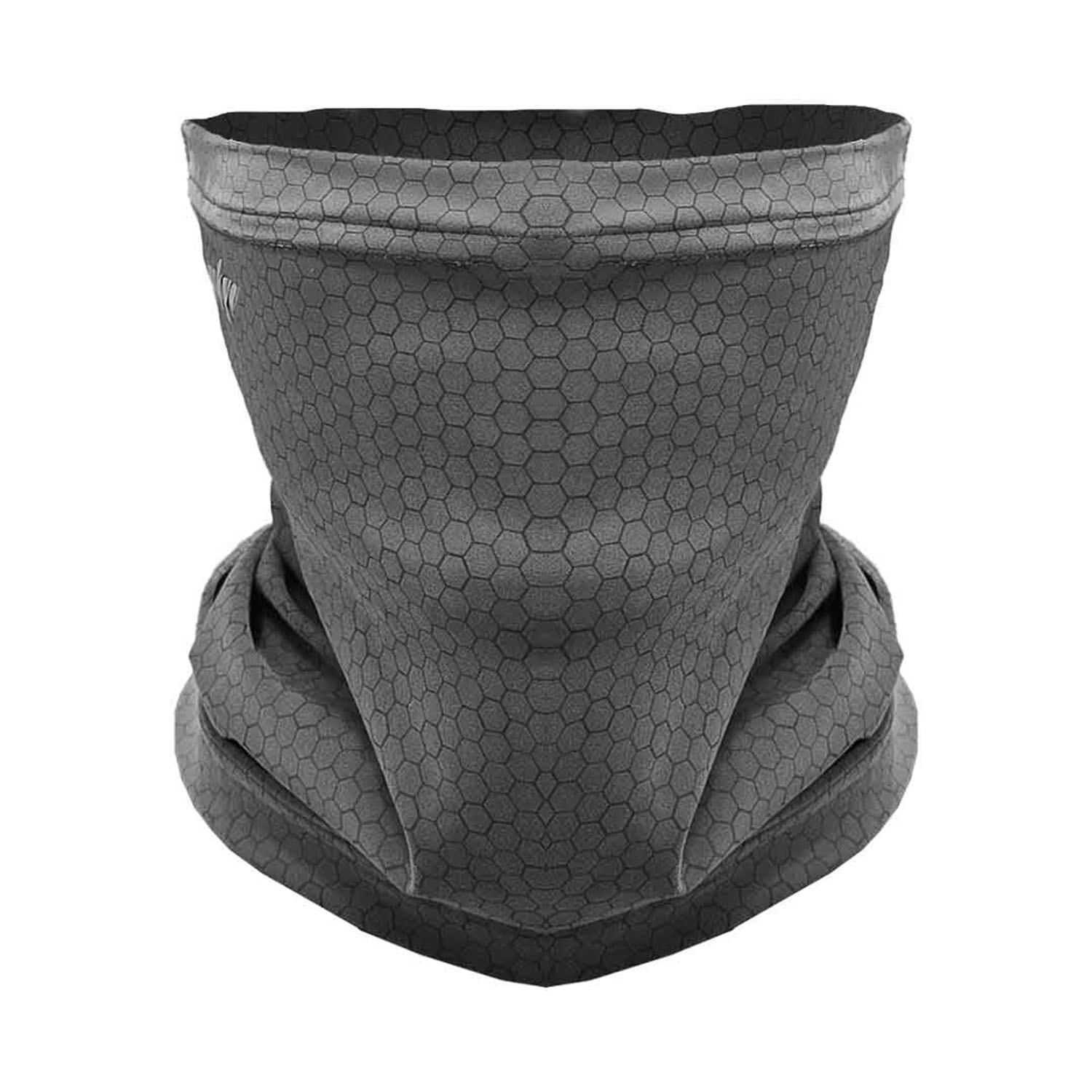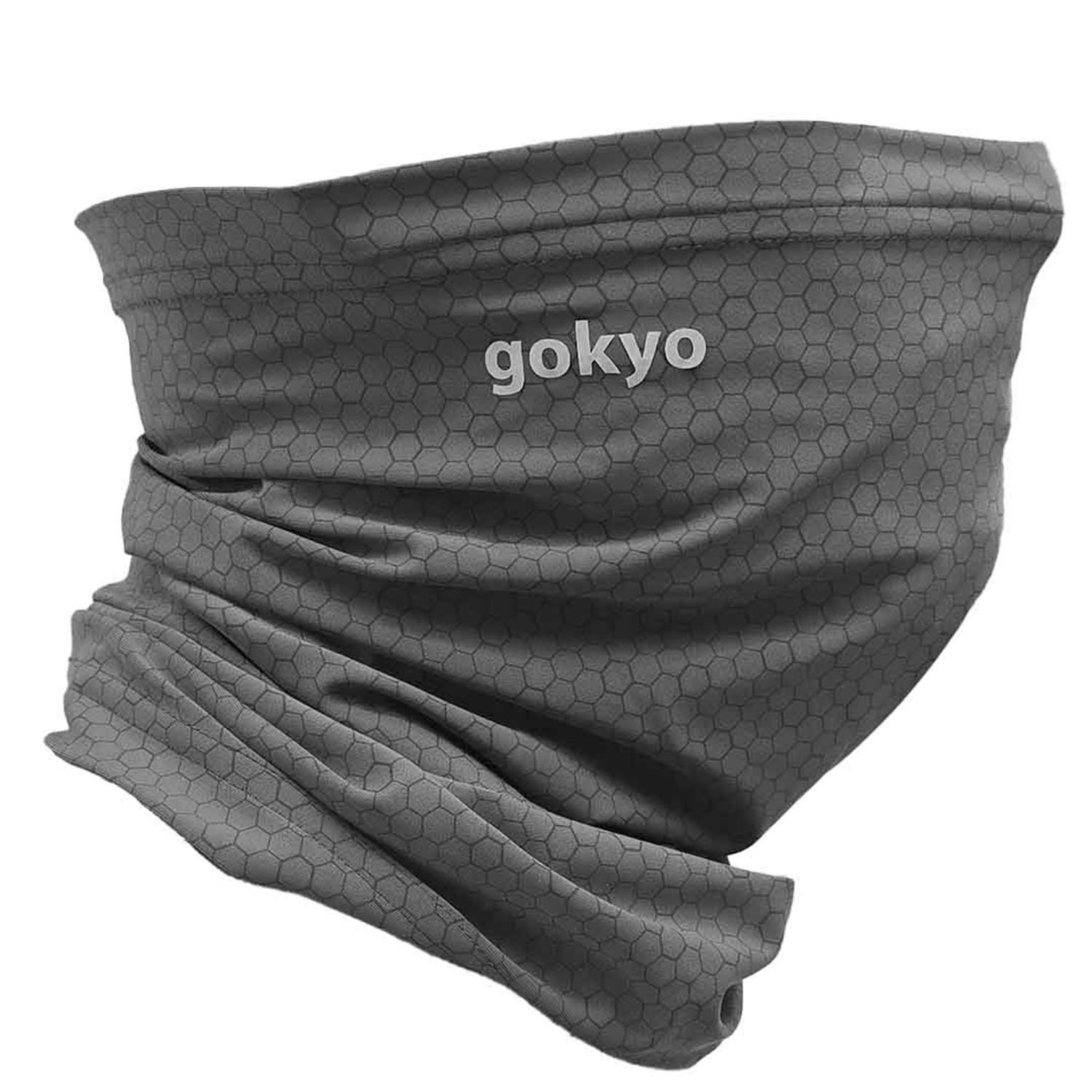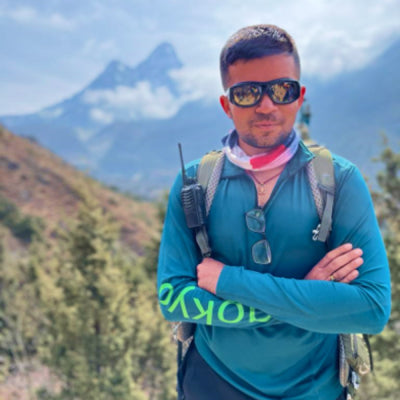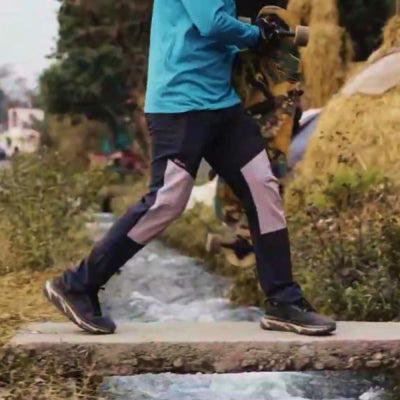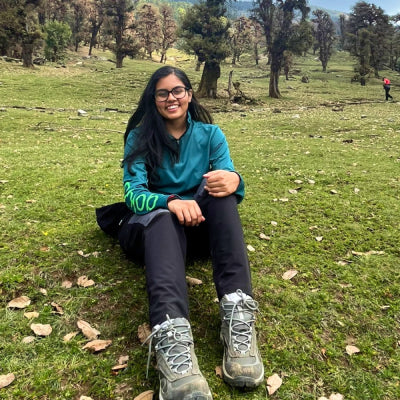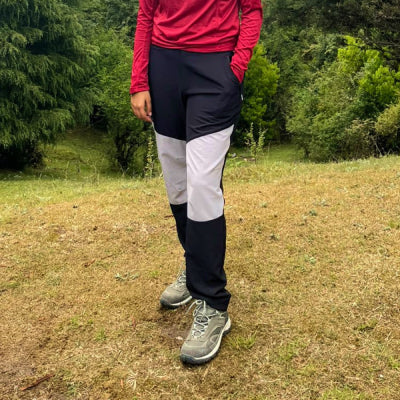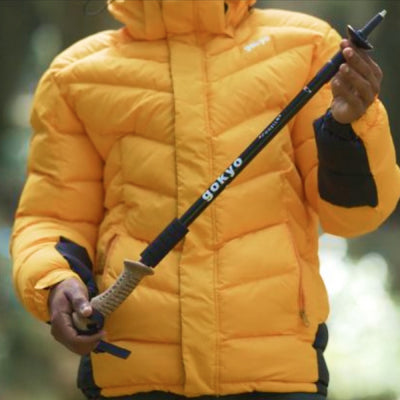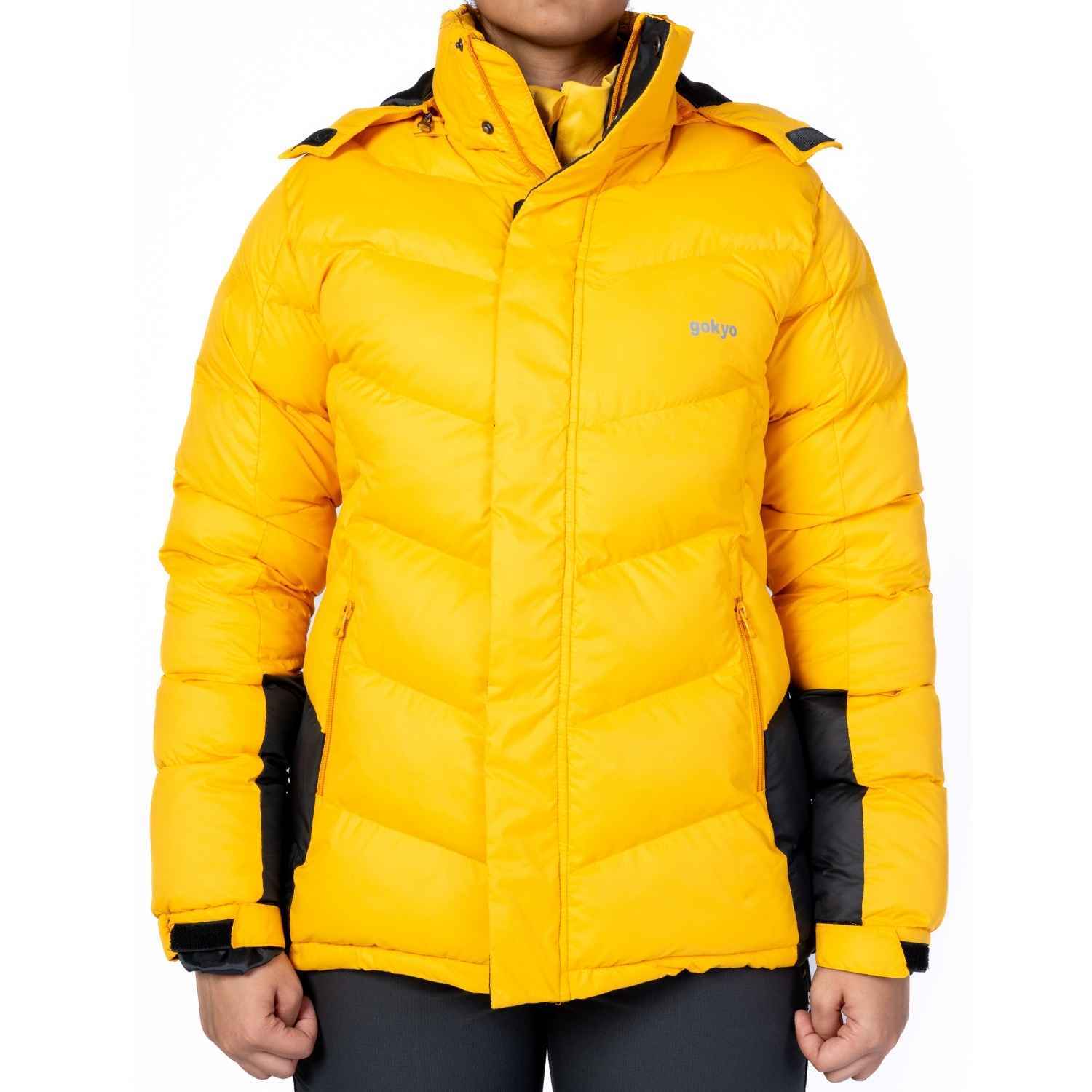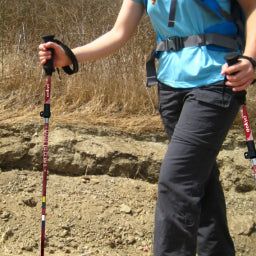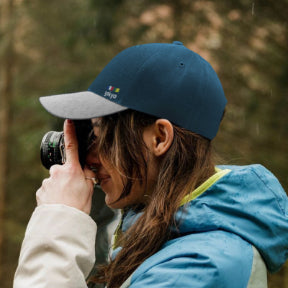Why Caps for Men Double as Survival Gear in Freezing Campsites
You know what they say, "Don't forget your jacket" before you head out on a trek. Experienced trekkers will tell you that it's often the tiniest little piece of gear that might make the difference in saving the day. For the world of rock and mountain trails in rudimentary condition during a foggy dawn or freezing night, that now involves… a cap.
Yes, a simple cap for men that weighs nearly nothing, is unglamorous, and usually considered more of a novelty item than survival gear can be the unsung hero in the battle to stave off frostbite, fatigue, and dehydration. Let’s unpack that statement further, and maybe you’ll consider the next time you head out on a trek to pay as much attention to your cap as you did your boots.
Must-Have Caps for Hikes and Road Trips
The Science of Heat Loss: Why Your Head is Important
Here’s a new fact for you – humans lose a significant amount of body heat through their head in the correct conditions, cold and windy conditions specifically. Picture the scene - you are setting up camp in the middle of the Himalayas - snow swirling around you, and the frost biting once the temperature has finally settled, with winter arriving as a new friend—sipping on a beverage from a thermos flask, hands wrapped tight. You feel warm until all of a sudden, that wind rushes over your uncovered scalp. It's not simply uncomfortable; it's heat leaving your body too fast. A good cap keeps the heat right by your head, limiting the heat leaving your body, and keeping your core temperature even. To put this in different terms, the cap is a portable insulation meant to be worn 24/7, almost like it's not there.
Stay Warm on Treks with Reliable Thermos Flasks
Value of a Cap: The Survival Advantage
Let's discuss functional value. Caps are not just for keeping your head warm; they provide versatility in the equation. Traveling on foot leads to ever-changing weather conditions. For example, you'd start the morning with sun and somehow end the evening wrapped in clouds and snow.
However, a solid cap is your weather-proof companion:
-
On bright days, a cap protects your eyes from the sun (especially alongside polarized sunglasses).
-
In colder temperatures, it holds the warmth in while resting or hiking at elevations.
-
In light rain or sort of conditions, a cap acts as an added boundary to prevent the heat from your hair being wet.
Essentially, your cap is a small packable form of protection, silently keeping you functioning in the wilderness while everything else is limiting you.
Shop the Best Sunglasses for Travel, Trekking & Everyday Style
Trek-Ready, Not Just Trendy
Many trekkers fall into the trap of thinking caps are just a fashion choice, but every experienced mountaineer will tell you—anything that is in your pack has to earn its keep. As the name suggests, Gokyo Outdoor Clothing & Gear is built for functional purposes, not to be pretty!
When selecting a cap for high-altitude treks, you want it to be the following:
-
Insulated yet breathable
-
Water-resistant for mist or snow
-
Quick-drying so that it remains dry—moisture is your number-one enemy in cold weather
- Compact for easy packing into your dry sack when not in use
A good-quality trekking cap can also serve as night gear, something you wear to sleep in while in your tent. A trekking cap will help your sleeping bag keep heat for longer. It's this kind of small warmth that gives a few hours of comfort on sub-zero nights.
Comfort is Performance
Let’s face it, nobody switches into high performance when they are freezing. When your body temperature begins to drop, you will be less focused, your muscles will tighten, and your movements will be slower and lower in quality. It may seem trivial, but when you are using extremely high-quality trekking poles, boots, and jackets, having a cold head can throw you off-balance—literally.
Many trekkers will tell you that prolonged exposure to wind chill can cause dizziness or fatigue. A simple cap will preserve your inner temperature and provide your body with enough energy to perform better. When you add proper hydration to the mix—like sipping on sugar-free electrolyte powder dissolved in warm water—you have another vehicle for keeping your body and mind aligned for the long ascent.
Gear Synergy: A Great Trekking Pairing
A successful trek is achieved by creating a balance between warmth, hydration, and endurance. Here is how your cap fits with the rest of your gear:
1. Your trekking poles: While your hands undertake the climbing, your cap will keep your head from sweating or cooling too quickly.
2. Your trekking bags: Most trekking bags have top compartments that have easy access—you can place your cap there for easy retrieval when the weather changes.
3. Shoes for trek: You trust, even in a freeze, that your shoes for trek will grip the ice on your way up; trust your cap to grip the heat your body produces during the trek.
4. Your thermos flask: While your cap retains the heat inside you, your flask keeps the heat for you. In their own way, they are both reserves of warmth.
5. Dry Sack: Place a spare cap inside your dry sack; a damp cap is not going to be helpful in a snowstorm.
When you treat your gear as a team—each piece supporting all the others—you will see how easily you adjust to conditions that would throw less prepared trekkers off their game.
Keep Your Gear Safe with Durable Dry Sacks
Picking the Right Cap: The Gokyo Way
At Gokyo Outdoor Clothing & Gear, we are firm believers that a piece of gear should do more than one thing. That's why our caps are made thermal efficient, all-day wear, and rugged to withstand biting winds, misty trails, and whatever weight your dream adventures throw at you.
A good trekking cap does not come in one size or style. Whether you are breaking trail in the high alpine or camping in a chilly forest, your ideal cap will work with your rhythm, stay comfortably fitted, and breathe when you need it. It is your first line of defense and your last point of comfort at camp.
Five Common Mistakes Trekkers Make with Hats
1. Ignoring Material: Cotton is cozy but absorbs moisture. Always select quick-dry synthetics or blends with wool.
2. Picking One Hat For All Conditions: Pack a lighter hat for day hikes and a thicker hat for frigid nights.
3. Not Packing Back-Up: A wet hat is worthless for warmth - pack an extra hat in your dry sack.
4. Not Thinking Fit: If the hat is too loose, it won't keep you warm, and if it's too tight, it will be snug against your head, cutting off blood flow.
5. Wearing It As An Accessory: The hat is a piece of survival gear - treat it with the respect of your boots and trekking poles.
Conquer Any Terrain with Trekking Poles
The Truth: The Hat That Saved A Trek
Here is a picture of a campsite at 14,000 ft. The wind is shrieking as if it were alive. The tents are flapping desperately. Everyone is wearing layers, but one trekker forgot his hat. Within minutes, his ears were frozen, there was no more focus in his eyes, and he was shaking uncontrollably.
Another trekker is nice enough to lend a hat from Gokyo Outdoor Clothing & Gear from their pack. In just under thirty minutes, the difference was astonishing with progression; the trekker's body relaxed, color returned to his face, and he was drinking hot tea, laughing around the campfire. Sometimes surviving is not about brute strength, sometimes it thinking smart enough to pack properly.
Frequently Asked Questions (FAQs) :
1. Why is a cap necessary when I already have a hooded jacket?
Hoods block outside elements, but caps will effectively trap any internal warmth. Caps are also nicer to put on when sitting, resting, or sleeping.
2. What is the best cap material for cold treks?
Wool or fleece-lined synthetic caps are the best for cold—these materials retain heat and dry quickly, and we all know they will dry without trapping your sweat.
3. Can I wear the same cap in the summer when trekking?
If the cap is lightweight and you will wear it, yes. However, if you are in a very hot climate, it is best practice to switch out and wear a lighter-weight cap or a cap with UV protection and moisture-wicking materials.
4. How do I pack my trekking cap for shelter?
Put your cap on top of your gear in an easy-access pocket of your trekking bag, or it can be put inside a dry sack to keep it from getting damp.
5. How do I take care of the trekking cap?
Hand wash your cap with a mild detergent—do not dry in the sun—never store your cap damp or wet, it will survive for a long time.
Final Reflections
When trekking, it’s the little things that will determine whether your day comes to a close (or, hopefully, a start) with a view or with regrets. A man's cap does not merely serve the purpose of looking good; it literally could keep you alive, awake, and feeling good. Combined with a good pair of trekking poles, a durable pair of boots, and trusted Gokyo Outdoor Clothing & Gear, it serves as a quiet but powerful protector to make every experience easier, safer, and truly exceptionally more fun.
So, next time you are packing for a cold campsite, do not let the simple cap feel underappreciated. It might just be the smallest item in your survival gear that enhances the peak experience of your biggest adventure ever.

